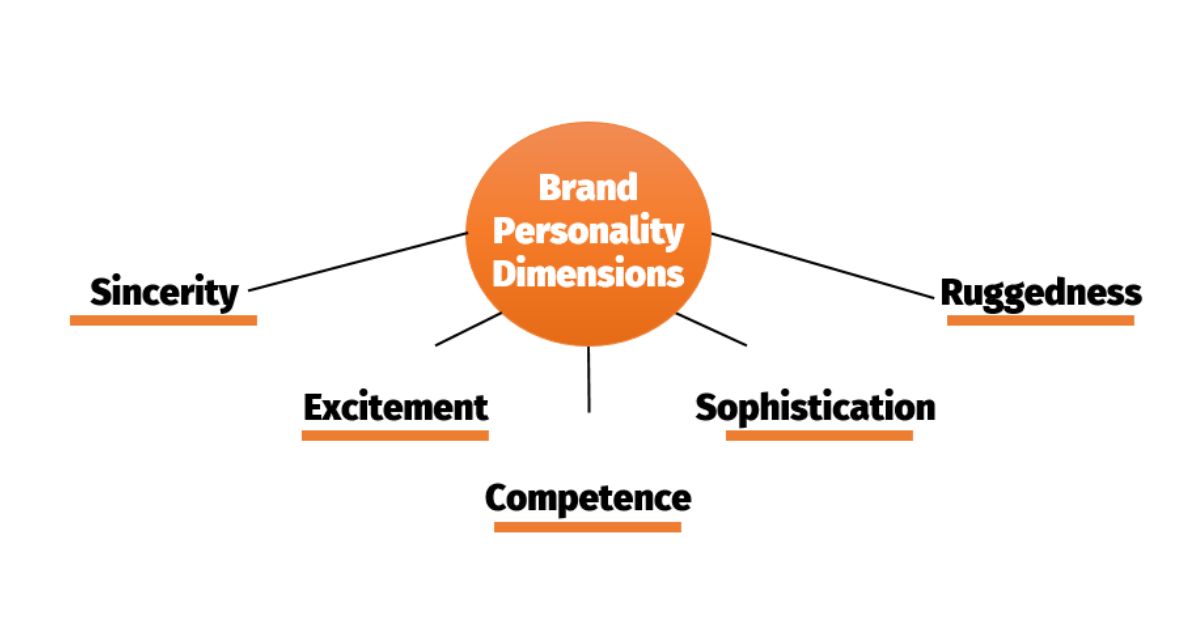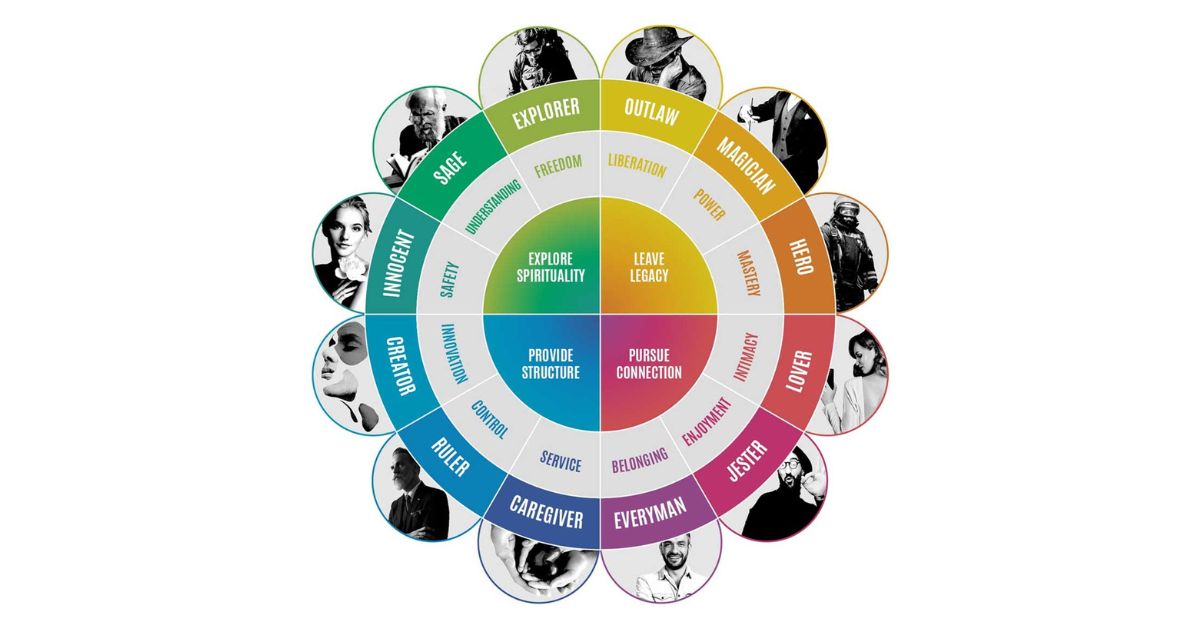Recently, the FlexTrades Marketing Team revamped and polished our brand personality, including the traits and archetypes that best align with our target audience. Any business that wants to make a meaningful connection to its audience should consider what their brand personality is. That includes billion-dollar, multi-national manufacturers who make the goods we all buy all the way down to the $1.00 lemonade stand at the corner in your neighborhood.
Brand personality is a set of human traits that helps to define a brand. Things like values, humor, candor, and sincerity. These traits are handpicked to build an emotional connection to a specific target audience with similar traits.
Building a brand personality can help any business with the following:
- Resonate with the right target audience
- Create an emotional connection and foster brand loyalty
- Differentiate your brand
- Increase brand equity
Now, I won’t be sharing the “secret sauce” of FlexTrades’ Brand Personality, but I will walk through the brand personality of my daughter’s lemonade stand. The steps below are the same basic steps any business can use to start this process.
Step 1: Who is your target audience?
Most people enjoy lemonade occasionally, but that’s far too wide of an audience. Our first target audience would be the parents who crack open their wallet or purse to purchase lemonade for their kids. Our second target audience are the kids who might pass by on their bikes, Razor scooters, or hover boards.
Step 2: What are your primary traits?
The most popular way to start building brand personality is by using the Aekers five-dimensional model. This model divides brands into primary traits of sincerity, excitement, competence, sophistication, and ruggedness. Brands focus on one or two major personality dimensions while balancing and complimenting the others.
For our lemonade stand’s first target audience, parents, we’ll focus on Sincerity and being honest, wholesome, and positive in our messaging. When I see a lemonade stand as a parent, I see little entrepreneurs making their first buck and building a community in my neighborhood.
For our second target audience, kids, we’ll focus on Excitement while being lively, exciting, and imaginative. When I was a kid, seeing a lemonade stand was like hearing the jingle of an ice cream truck or going to get a Happy Meal. It’s fun and exciting to do something you don’t get to do very often!
Step 3: What are your brand archetypes?
The key to nailing brand personality is to specify the target market archetype and directly align it to the brand archetype. This way, you can resonate with your intended audience and position your brand intentionally. In marketing, it is generally agreed that there are 12 brand archetypes that are rooted in psychology. Each one is a categorization of a basic (and primal) human desire.
For our target audience of parents, we’ll focus on a dual archetype of Everyman Caregiver. The Everyman archetype highlights the hard-working and sincere staff of our lemonade stand, who bring refreshment to our community. The Caregiver archetype highlights the service being provided to thirsty kids and parents who just need a break. Brands like Johnsons Baby, Walmart and Target use these archetypes.
For our target audience of kids, we’ll focus on the Jester archetype. The Jester archetype is fun-loving, playful, and focused on enjoyment. Brands like M&M’s and Ben & Jerry’s use this archetype.
Step 4: Build your brand guidelines!
Once you’ve gone through the work of determining your brand personality traits and archetypes, it’s important to make brand guidelines. Brand guidelines are a resource for everyone in the organization to use as a tool to maintain consistent brand standards and brand integrity.
These guidelines include things like:
- Standard fonts and color schemes
- Company logos
- Voice, tone, and messaging
- Templates for signage, email, or social media campaigns
For our lemonade stand, this may include using bright colors with handwritten fonts to identify with kids. Maybe a superhero, princess, or dinosaur theme to further lean on the Jester archetype. Our voice and tone may be cheerful and welcoming to lean into our Everyman Caregiver archetypes.
Conclusion
The process of building a brand personality can be exciting, but it does take a lot of creative energy to do it right. Our marketing team had “homework” assignments before each meeting so that we all came prepared with our thoughts and suggestions on each step. It’s important to go into this process with an open mind and be ready to run with the best ideas!
As mentioned at the beginning, a business with a well-defined brand personality can more easily:
- Resonate with the right target audience
- Create an emotional connection and foster brand loyalty
- Differentiate your brand
- Increase brand equity
I challenge you to check out our website www.flextrades.com, and watch our social media pages to see if you can determine what our brand personality is!















